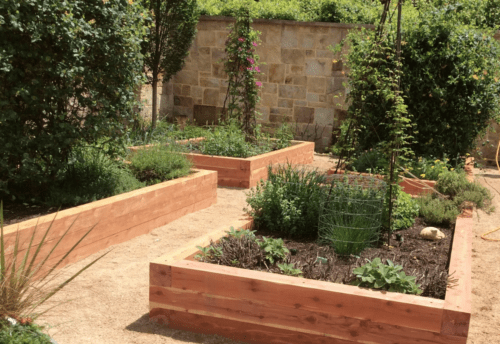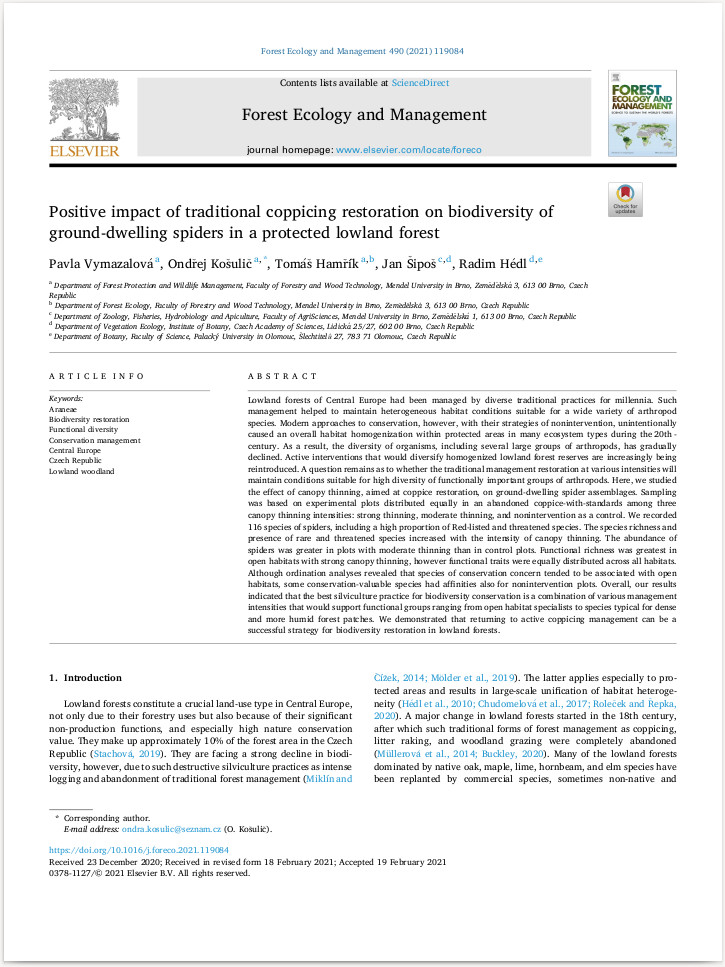What Are The Best Plants For A Prairie-style Garden?
When it comes to gardening, people often think of roses, tulips, and daffodils. However, there’s a whole different garden style that has been steadily gaining popularity – Prairie Garden style. This trend highlights the beauty of native plants and offers a plethora of benefits to both the environment and the gardener alike.

The Basics of Prairie Garden Style
Prairie Garden Style follows a more naturalistic method of gardening that emphasizes the use of native plant species. Instead of perfectly trimmed hedges, there is an abundance of long grasses and masses of wildflowers. This style promotes biodiversity and, therefore, has significant benefits for the environment. Native plants attract various species of insects and birds, providing food and shelter, ultimately contributing to the health and diversity of your local ecosystem.
Benefits of Prairie Garden Style
Other than the benefits to the environment, Prairie Garden style has advantages for you, the gardener. Here are a few:
- Low maintenance: Prairie Garden Style is designed to be low maintenance, meaning you don't have to worry about pruning, watering or fertilizing them too frequently. This style encourages the natural growth of the plants. Native species are already developed to cope with local weather, moisture levels and pests. They don't require extensive maintenance, making your life a lot easier.
- Water conservation: In a Prairie Garden, species are selected to thrive in local conditions. Unlike non-native species, they require less water because they have adapted to local weather conditions. In addition, the deep root system of native plants helps prevent soil erosion and storm runoff. The result is overall less water use.
- Biodiversity: Nurturing native plants promotes biodiversity by creating a thriving ecosystem where different species of plants and animals can coexist. This can attract different species of fauna, including insects and birds, which can provide natural pest control mechanisms without resorting to chemical pesticides.
- Aesthetics: Prairie Garden Style gardens offer a unique and beautifully naturalistic look due to the varying heights of the plants, the variety of colours and textures of the blooming flowers and foliage. The natural habitat is mesmerizing and promotes relaxation and peace of mind.
Getting Started with Prairie Garden Style
Here are some tips to help you get started with your Prairie Garden.
Research plants that are native to your area
Start by researching the native flora in your area. Just because a plant is native to one region does not mean it will thrive in yours, so it's important to do your homework before purchasing anything. Your local climate plays a critical role in determining which plants will grow well in your area. Once you know what plants are right for your region, you can choose your favourites to include in your garden.
Plan ahead
Planning is an essential aspect of gardening. Consider the size of your garden, the type of soil, drainage, and sunlight conditions. Look closely at how much sun and shade areas receive at particular times of day and at what time of the year. Also, consider the growth rate of the species that you are selecting as well as their watering requirements. Develop a plan that will yield a garden that is beautiful, diverse, and easy to maintain, as well as a garden that will conform to local regulations.
Choose your plants
After researching what local species are right for your area, choose which plants you would like to include in your garden. Select a variety of plants that vary in height and spread. This will help to maximize the vertical planting space and provide visual interest to your garden. Look for plants that flower at different times, so your garden will always have a different look. Also, consider adding ferns or other shade-loving plants to attract particular species of insects and birds.
Planting
Before planting, ensure the garden bed is weed-free and adequately watered. Prune any bushes that are present and remove any old plant material. Make small holes in which each plant can be planted, ensuring you follow the depth and distance recommended by the nursery. Once planted, cover the surface of your garden bed with mulch or wood chips to retain moisture and discourage weeds from growing.
Maintenance
A Prairie Garden requires less maintenance once established, but don't ignore it altogether. Water and prune your plants regularly, remove weeds that inevitably appear, and use a natural fertilizer to keep them healthy. Additionally, it is important to recognize when a plant has become too big or is crowding out adjacent plants. Consider moving these plants to a better location or dividing them. This will not only help to keep your plants healthy and attractive but will also keep your garden looking aesthetically pleasing and prevent overcrowding.
Conclusion
In conclusion, Prairie Garden style is gaining traction because of the many advantages it offers, both to the environment and the gardener. With the right research, planning, and selection of plants native to your region, Prairie Garden Style can add a unique and natural aesthetic to your yard that is low maintenance and contributes positively to the local ecosystem.



